Sigilheart
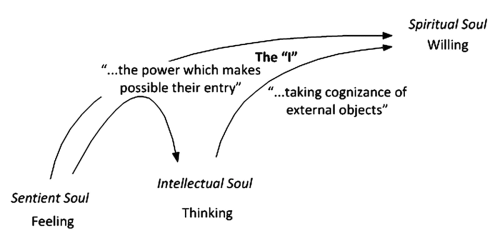
More Posts from Sigilheart and Others

The movement of the light into the sphere of work. Bringing the wisdom back into the consciousness of humanity, so that it can rise proportionately to its descent, to meet the higher mind of the Soul.
Claudine Aegerter and Berenice Benjelloun, The Spirit of the Tarot

Eugene Thacker, "Nine Disputations on Theology and Horror", Collapse: Philosophical Research and Development, Vol. IV

Psychological symptoms, states and processes associated with the dissociation label
Richard J. Brown, Different Types of “Dissociation” Have Different Psychological Mechanisms
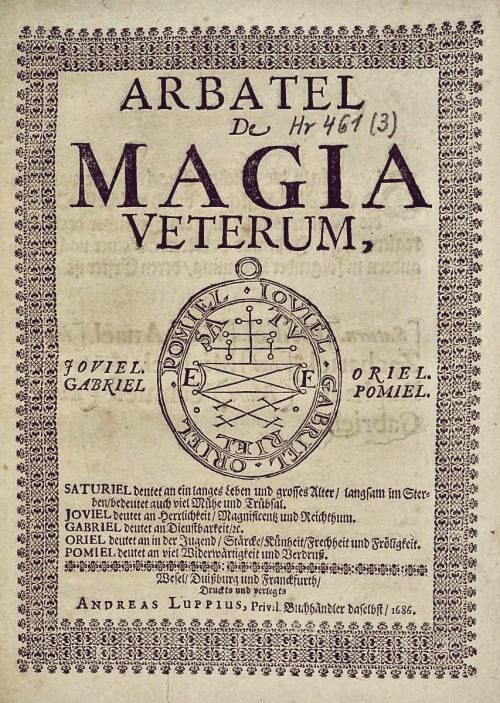
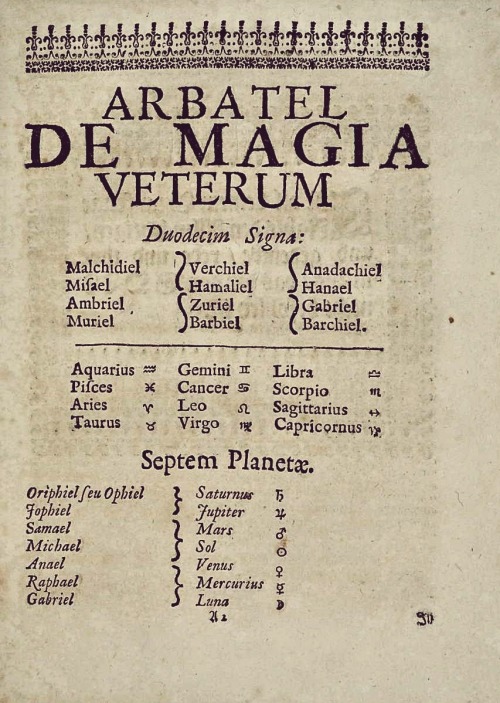

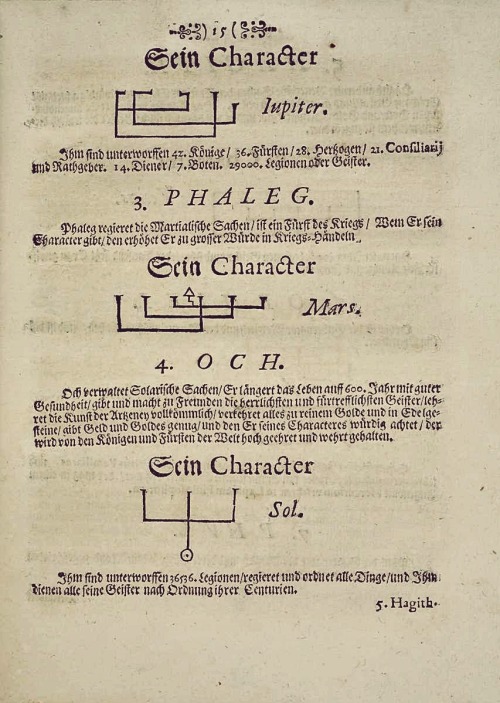
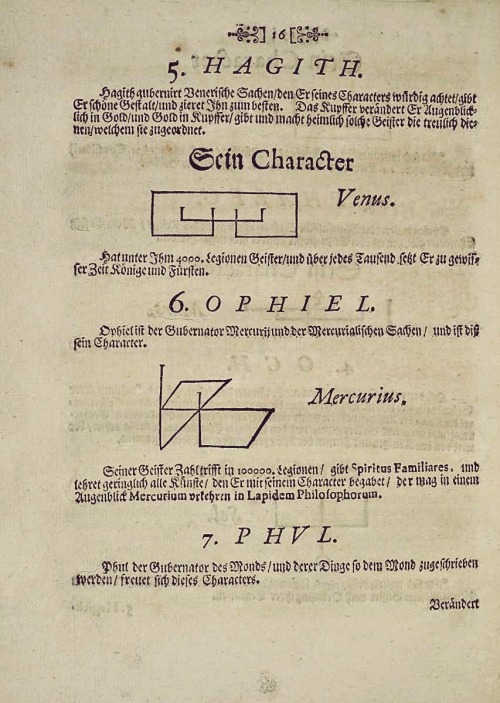
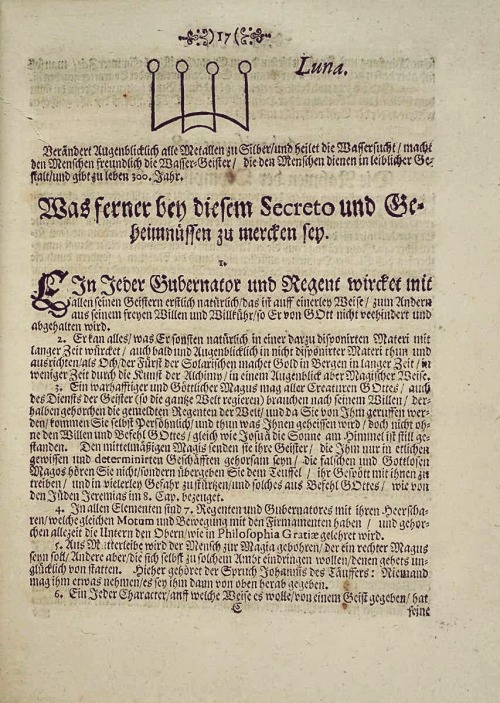
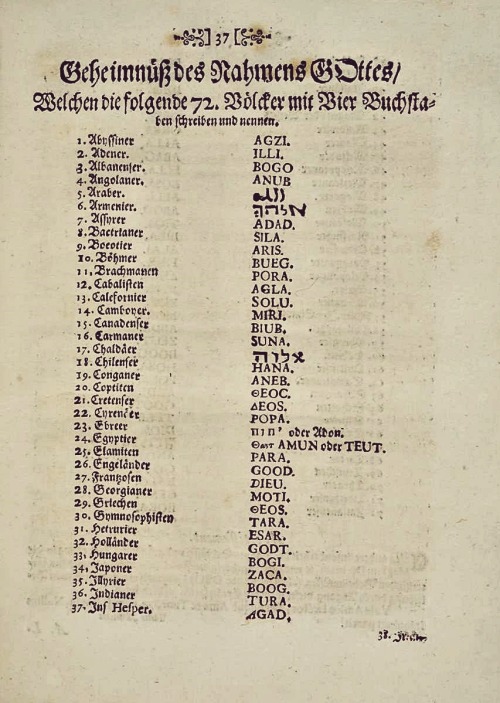
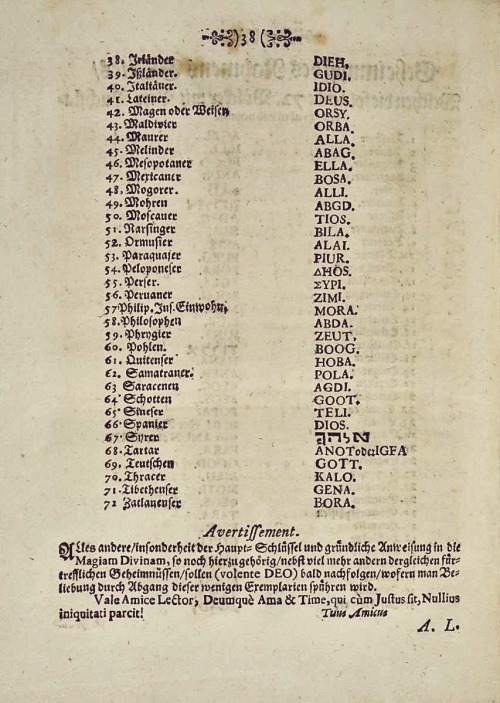
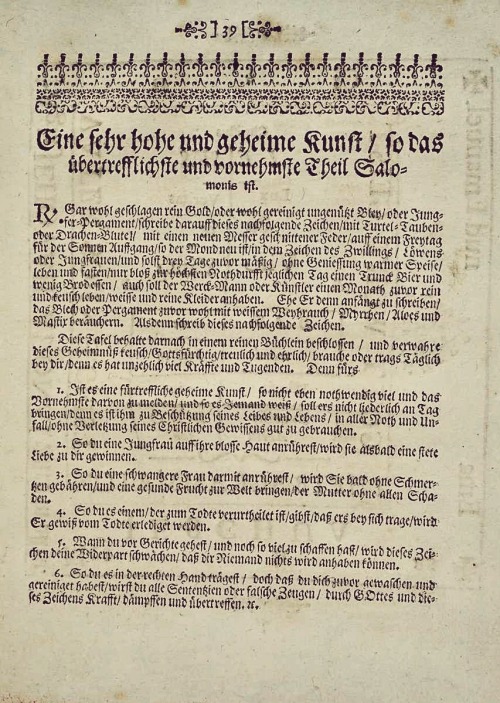
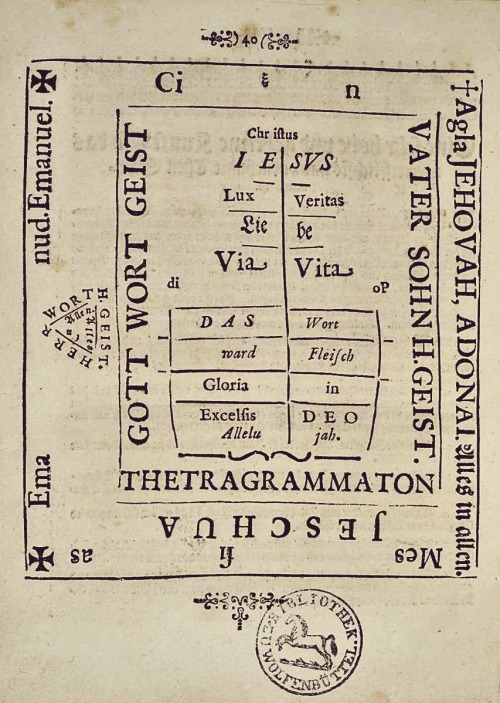
The Arbatel De Magia Veterum (Arbatel: On the Magic of the Ancients) is a grimoire of ceremonial magic that was published in 1575 in Switzerland. It was likely edited by Theodor Zwinger, and published by Pietro Perna. The actual author of the text remains unknown, but scholars suggest Jacques Gohory as a possible candidate.
The Arbatel mainly focuses on the relationship between humanity, celestial hierarchies, and the positive relationship between the two. The Olympian spirits featured in it are entirely unique to this grimoire. Unlike other grimoires, the Arbatel exhorts the magus to remain active in their community (instead of isolating themselves), favoring kindness, charity, and honesty over remote and obscure rituals. The teachings of Swiss alchemist Paracelsus greatly influenced the writing of this work, though it is also deeply rooted in classical culture, Ancient Greek philosophy, the Sibylline oracles and the philosophy of Plotinus.
Originally written in Latin, these selected ten pages come from a later German translation of the work, dated to 1686.

-
 xbexwitchx reblogged this · 1 month ago
xbexwitchx reblogged this · 1 month ago -
 shesluxuriousx liked this · 1 month ago
shesluxuriousx liked this · 1 month ago -
 crowtender liked this · 1 month ago
crowtender liked this · 1 month ago -
 butterscotch-penguin liked this · 1 month ago
butterscotch-penguin liked this · 1 month ago -
 artificialviolence liked this · 1 month ago
artificialviolence liked this · 1 month ago -
 givemesomespaceorillbemean liked this · 1 month ago
givemesomespaceorillbemean liked this · 1 month ago -
 kay-kou liked this · 1 month ago
kay-kou liked this · 1 month ago -
 stringovpearls liked this · 1 month ago
stringovpearls liked this · 1 month ago -
 undergracia liked this · 2 months ago
undergracia liked this · 2 months ago -
 stolarija reblogged this · 2 months ago
stolarija reblogged this · 2 months ago -
 intravenousangel reblogged this · 2 months ago
intravenousangel reblogged this · 2 months ago -
 intravenousangel liked this · 2 months ago
intravenousangel liked this · 2 months ago -
 n-i-t-elifestyle reblogged this · 2 months ago
n-i-t-elifestyle reblogged this · 2 months ago -
 n-i-t-elifestyle liked this · 2 months ago
n-i-t-elifestyle liked this · 2 months ago -
 sinsentiu reblogged this · 2 months ago
sinsentiu reblogged this · 2 months ago -
 g7-diagrams-and-frameworks reblogged this · 2 months ago
g7-diagrams-and-frameworks reblogged this · 2 months ago -
 revelations-mp3 reblogged this · 2 months ago
revelations-mp3 reblogged this · 2 months ago -
 helmynth liked this · 2 months ago
helmynth liked this · 2 months ago -
 freakishlycommon liked this · 2 months ago
freakishlycommon liked this · 2 months ago -
 slimeymoth liked this · 2 months ago
slimeymoth liked this · 2 months ago -
 unsuccessor reblogged this · 2 months ago
unsuccessor reblogged this · 2 months ago -
 chanteshanice liked this · 2 months ago
chanteshanice liked this · 2 months ago -
 sjl-sjl liked this · 2 months ago
sjl-sjl liked this · 2 months ago -
 termantia liked this · 2 months ago
termantia liked this · 2 months ago -
 neutralmilkmotel liked this · 2 months ago
neutralmilkmotel liked this · 2 months ago -
 ekstahseez liked this · 2 months ago
ekstahseez liked this · 2 months ago -
 stolarija liked this · 2 months ago
stolarija liked this · 2 months ago -
 luvbites liked this · 2 months ago
luvbites liked this · 2 months ago -
 methamphetamie liked this · 2 months ago
methamphetamie liked this · 2 months ago -
 shypearl liked this · 2 months ago
shypearl liked this · 2 months ago -
 arrullar reblogged this · 2 months ago
arrullar reblogged this · 2 months ago -
 jon1on liked this · 2 months ago
jon1on liked this · 2 months ago -
 3pccombo reblogged this · 2 months ago
3pccombo reblogged this · 2 months ago -
 clickbaitvictim liked this · 2 months ago
clickbaitvictim liked this · 2 months ago -
 wetspecimen1 liked this · 2 months ago
wetspecimen1 liked this · 2 months ago -
 playyrite liked this · 2 months ago
playyrite liked this · 2 months ago -
 underneaththeweepingwillow liked this · 2 months ago
underneaththeweepingwillow liked this · 2 months ago -
 dallydewdrop reblogged this · 2 months ago
dallydewdrop reblogged this · 2 months ago -
 dallydewdrop liked this · 2 months ago
dallydewdrop liked this · 2 months ago -
 run-in-rain liked this · 2 months ago
run-in-rain liked this · 2 months ago -
 kitchenwidehighter liked this · 2 months ago
kitchenwidehighter liked this · 2 months ago -
 sagewonders liked this · 2 months ago
sagewonders liked this · 2 months ago -
 stickyorchid reblogged this · 2 months ago
stickyorchid reblogged this · 2 months ago -
 kuchigaomoi liked this · 2 months ago
kuchigaomoi liked this · 2 months ago -
 daughtersofeves reblogged this · 2 months ago
daughtersofeves reblogged this · 2 months ago -
 laummagumma liked this · 2 months ago
laummagumma liked this · 2 months ago -
 hololustre liked this · 2 months ago
hololustre liked this · 2 months ago -
 whoatekate liked this · 2 months ago
whoatekate liked this · 2 months ago -
 crazycrapinc liked this · 2 months ago
crazycrapinc liked this · 2 months ago





